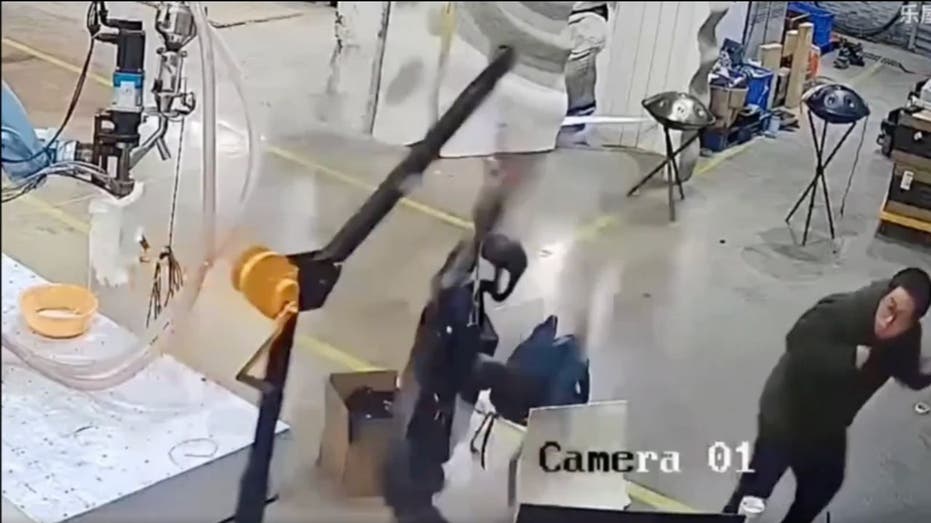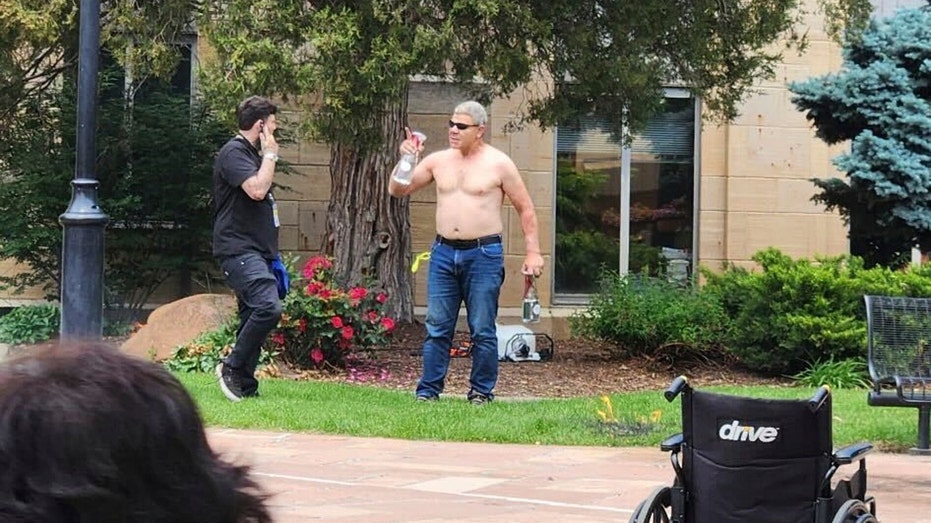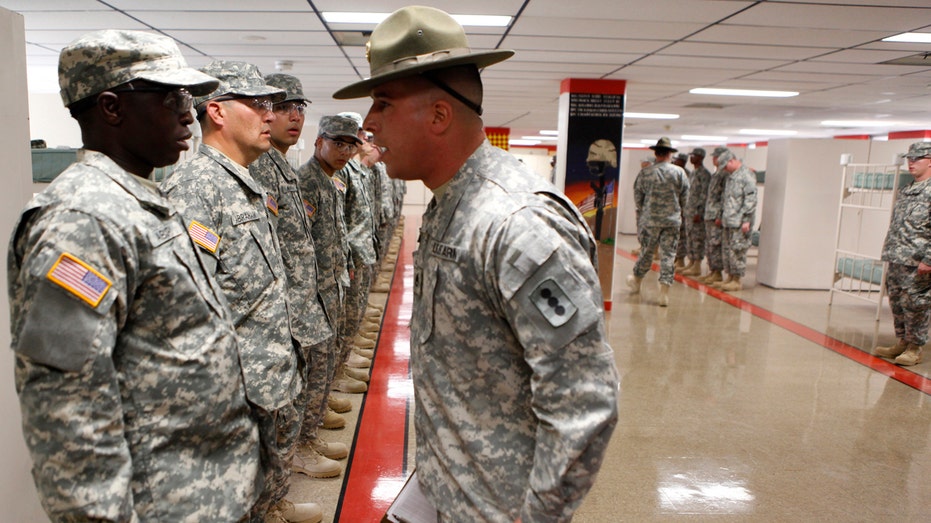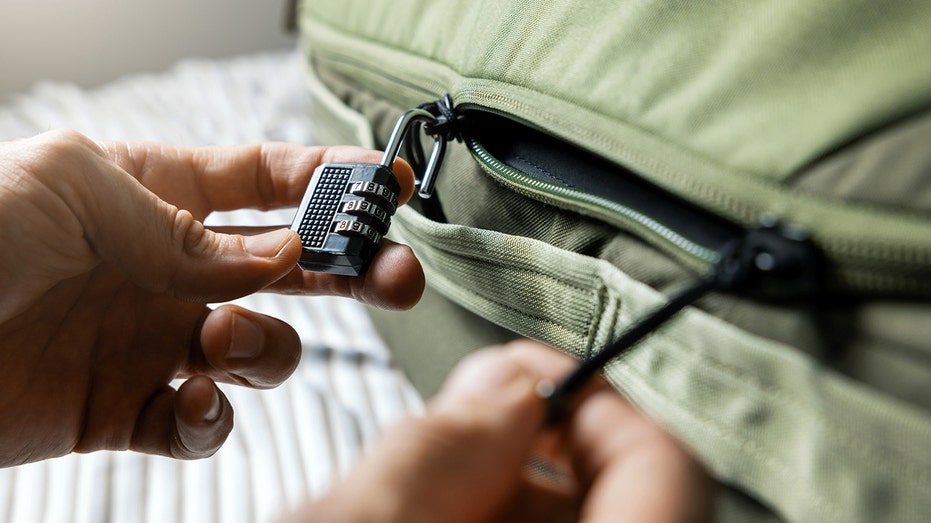- by foxnews
- 04 Jun 2025
Children can’t avoid viral stories about war and climate crisis - but we can help them | Louis Weinstock
Children can’t avoid viral stories about war and climate crisis - but we can help them | Louis Weinstock
- by theguardian
- 29 Jul 2022
- in technology
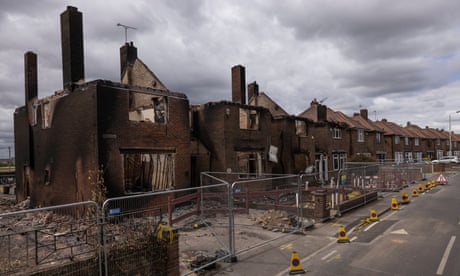
In January 2020, the photographer Brad Fleet posted a photo of a baby kangaroo burned to death against a barbed wire fence, after a thwarted attempt to escape the Australian bushfires. You may remember the picture: the charred remains of the joey's arms wrapped around the fence, its head poking through a gap, clenched teeth standing out pale white against the grey body and post-apocalyptic backdrop.
The photo went viral, spreading like wildfire through people's devices and into their nervous systems, causing them anxiety and distress about an event a world away. In my child psychotherapy practice, I'm seeing ever more children struggling to manage their feelings in the wake of viral news events, such as the murder of George Floyd in the US, the murder of Sarah Everard in the UK, school shootings, some of the shocking images around climate breakdown, and now a war.
Horrific, violent and apocalyptic scenarios are nothing new to the human species, but they seem especially concrete and immediate to us today. We can see and feel that the Earth is heating up. The recent images of wildfires raging across southern Europe (and wildfires even in London) need little interpretation. We also have this thing called the internet, which binds our nervous system to the nervous systems of the other eight billion people on our planet. Proximity to a disaster is no longer a solid predictor of psychological impact. The authors of a neuroscience study on post-traumatic stress said that they found "the flood of images on TV and social media can have a powerful psychological impact on children - whether those children are physically in the line of danger or watching from thousands of miles away".
How can we speak to our children about such uncomfortable truths while helping them to stay grounded? The place to start, of course, is with ourselves. Children need congruence from the grownups around them. Like the red-faced, stressed-out teacher who shouts at the children in their class to "calm down!", it doesn't work when we try to impose on our children a quality we haven't accessed within ourselves.
The first and most obvious step is to unplug. There is a part of us that compulsively consumes bad news. It helps just to acknowledge that there is a part of you that is addicted to the stress and drama of world events, which believes that if you can stay right on top of the news you can keep you and your family safe. Then you can remind yourself (with kindness) that you aren't helping anyone, and definitely not helping your kids, by constantly consuming disaster news.
What makes a truth "uncomfortable"? It's not the bare facts of the story, but the feelings associated with those facts that we find uncomfortable - often the grief, the shame, the loneliness, the terror. As grownups, when we haven't learned to bear these feelings we can project them on to our kids. We may worry that if they see us crying or looking terrified they will crumble. So we come up with comforting lies. We tell them everything is going to be OK.
But our kids detect such incongruence. Whether they read the news or not, they are sensitive to the world around them. One of the primary ways a human being assesses whether we are safe is via other people, especially their faces and voices. I recently spoke to a woman who grew up in Baghdad during the first Gulf war. She told me that the biggest trauma for her was not related to personal safety or fear of bombs - it was seeing the fear on her parent's faces while they tried to reassure her that everything was fine.
A simple practice to deal with uncomfortable truths is to think about an issue in the world that feels uncomfortable for you, gently bring your attention into your body and find the place where the uncomfortable feeling beneath this truth is most alive. Put a nurturing hand on that place, let the feeling know it's OK for it to be there. This can bring a surprising sense of peace. I have also found this mantra to be very important and effective in this mad, threat-signalling world: "In this moment, I am safe."
You can use the same practice with your children, but it only works if you have practised it yourself first. In my experience, children are much better at handling uncomfortable truths than we give them credit for. Trust your child's capacity a little bit more. Normalise and validate what they are feeling. Let them ask as many questions as they need to. Don't sugarcoat the answers. And it's OK to say: "I don't know."
Of course, what we tell our children should depend on their age and the situation. I wouldn't want my four-year-old daughter to know the gruesome details of a school shooting. But I do talk to her openly in a language she can understand about death, the climate crisis and the war in Ukraine. I keep the conversations focused on the feelings: "It feels really sad to me that people die in a war." I want to help the child to express their own feelings about the situation. It's important they know that you have feelings about this situation too, and that these feelings are normal and bearable. They give us vital information about the world. We underestimate how much children take their cues from us on what is OK and not OK, what is safe to express and not express.
If your child is of an age where they are more online, on social media, and more exposed to viral news events, then it becomes vital that you help them - and yourself - to unplug from the digital nervous system. We need time and space to process all the suffering going on in the world. We also need to bring balance by actively looking for the good - not dramatic, save-the-world type of actions, but small moments like someone holding the door open, or thanking the bus driver, or a smile from a passerby. We don't want to live in denial about the tragedies of this world, but we also don't want our kids to drown in them.
- by foxnews
- descember 09, 2016
Should you lock your luggage when traveling? Why it's a weighty matter
With tightened security, experts are warning of luggage risks like theft and mishandling for travelers. TSA sees 90,000 to 100,000 items left at checkpoints monthly.
read more

